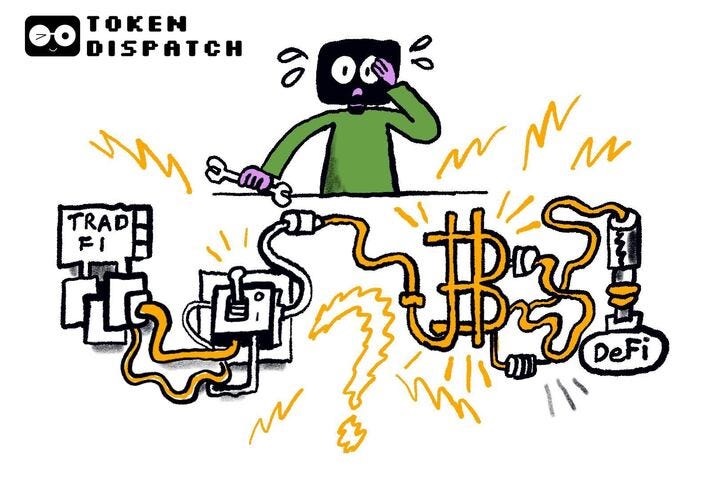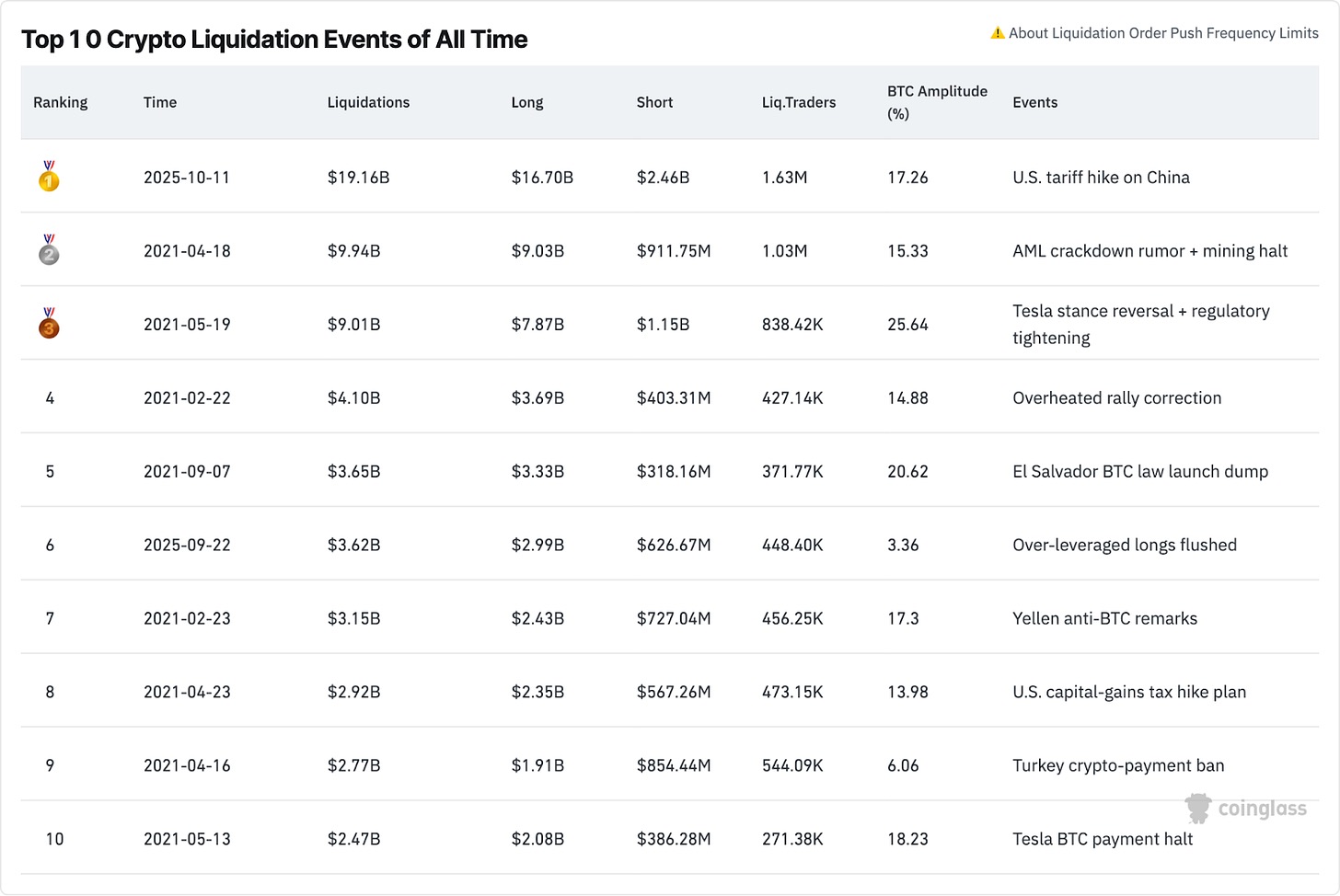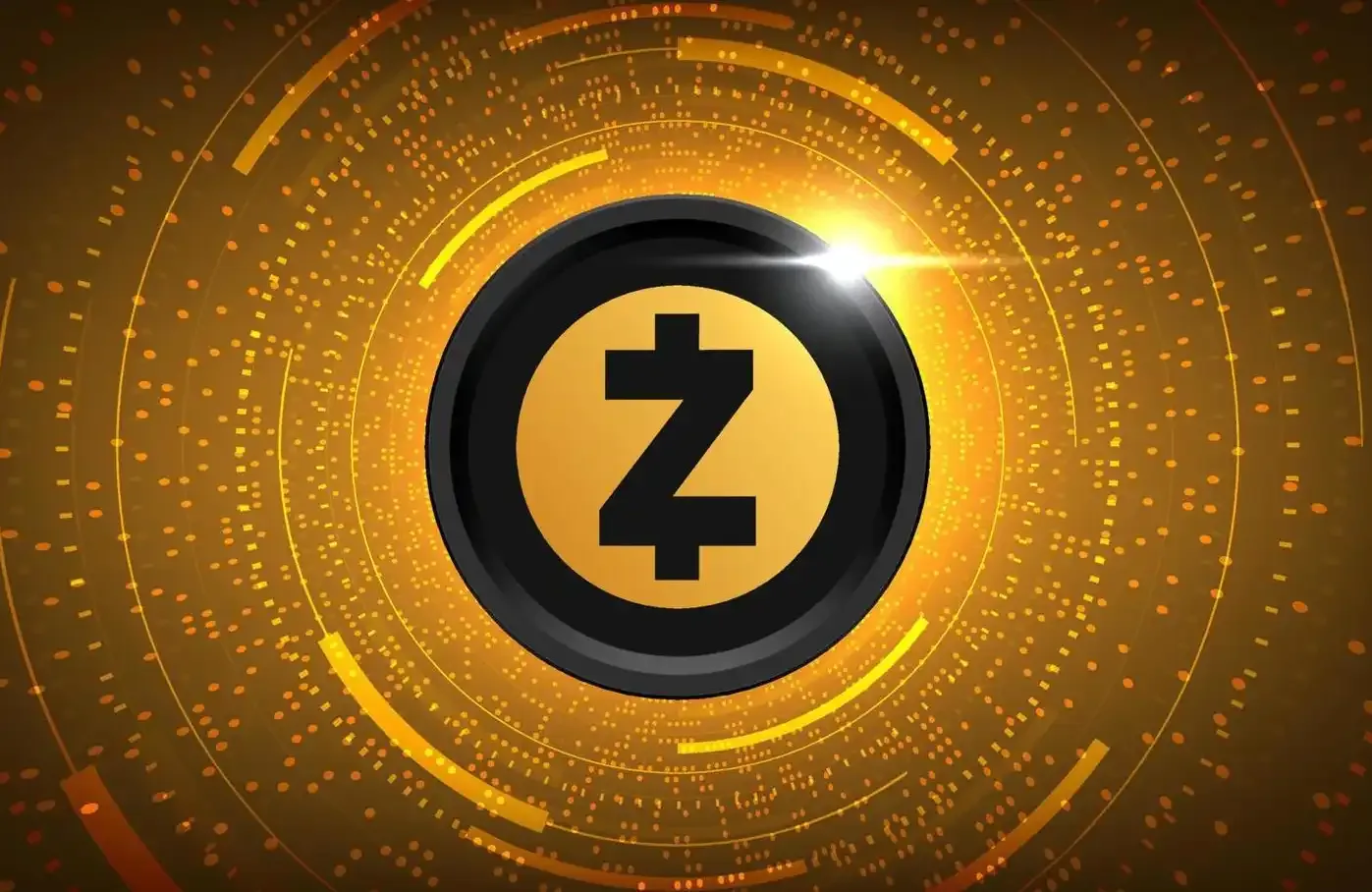Author: Prathik Desai, Token Dispatch
Translation: Luke, Mars Finance
The screen was blank, and people had not yet reacted to what had happened. It was Monday, October 19, 1987. The Dow Jones Industrial Average plummeted more than 22% in a single day. The phones fell silent, traders' words stuck in their throats, and over a fifth of the market's value was wiped out.
At that time, the market was still unfamiliar with the concept of "programmatic trading," but machines continued to sell off even after humans had stopped. By the time the closing bell rang, $500 billion in value had vanished in the U.S. alone. Globally, the total evaporated amount reached $1.7 trillion. Adjusted for inflation, this figure would exceed $4.7 trillion today, more than the current GDP of Germany, the world's third-largest economy.
That day gave birth to the "circuit breaker"—a "pause button" that not only helped correct prices but also bought time for the market and slowed everything down. It was a mechanized solution to a human problem that few knew how to address—"panic." Philosophically, the circuit breaker taught us a lesson: sometimes, the only way to survive chaos is to stop and take a breath.
Nearly forty years later, I find myself staring at a smaller screen, surrounded by another kind of silence. On a Friday night, half a bowl of snacks consumed, an episode of "The Big Bang Theory" paused in the middle of the screen. Notifications popped up incessantly over the next few hours: BTC down 3%… 7%… 10%. By the fifteenth minute, the chart looked like it was in free fall. This happened after U.S. President Donald Trump announced a new round of tariffs on China.
That night, I did not watch any of the ten thousand movies I swore I would see; instead, I witnessed $19 billion evaporate in real-time. This became the most severe liquidation event in the history of the crypto world. Bitcoin slid from $122,000 to nearly $105,000. Many altcoins fared even worse.
Traders in New York, Seoul, London, and Mumbai were doing the same calculations, despite being in different time zones. The blockchain was relentless, and so were those traders.
In 1987, people established a switch to slow down panic. In 2025, we have a market that cannot be turned off.
This is the question I have been pondering lately: can a market that is inherently "never stopping" find a legitimate reason for a "pause button"?

The idea behind the circuit breaker is that markets, like people, need to catch their breath. The "Black Monday" of 1987 brought a series of corrections: thresholds, limits, and 15-minute pauses. Later, after the "flash crash" of 2010, regulators added "Limit Up/Limit Down" rules to prevent individual stocks from going out of control. In March 2020, when the panic of COVID-19 swept Wall Street, these rules were triggered four times in ten days, and it can be said that they prevented a stampede from evolving into a run on the entire system.
Each correction relied on the same framework: an exchange, a set of rulebooks, and a unified clock. In the crypto world, we don't even have a unified clock, let alone a unified exchange. There is no opening bell or closing bell. If someone wanted to pull the plug, they might not even know where the plug is.
While the tariff threats lit the fuse, the real "kindling" was the overheated long positions that had piled up over the past few weeks. In just a few hours, the open interest dropped by nearly a third.
In total, at least $19 billion in positions were forcibly liquidated, most of which were long positions. In the stock market, this would at least trigger two trading halts and a restart auction. In the crypto world, it only triggered panic among investors, who knew there was no "limit down" option to save them. They could only watch helplessly as the most severe liquidation event in the crypto world unfolded, while the code continued to execute the tasks it was programmed to do.

@Coinglass
Every historic crash elicits the same instinctive response from the trading community: someone has to do something to prevent such events from happening again. This expectation is entirely reasonable. The circuit breaker calmed traders, reduced the vicious feedback loop, provided institutions with the comfort of rules, and bought all parties time to "respond" rather than "react."
Therefore, when Wintermute's CEO Evgeny Gaevoy advocates for the introduction of circuit breakers in the crypto space, we can understand his starting point. But the bigger dilemma is: who exactly should press that "emergency stop button"?
Introducing circuit breakers into the crypto world is both a technical nightmare and a philosophical invasion.
First, imagine a scenario where centralized exchanges (CEXs) like Coinbase and Binance implement circuit breakers to prevent extreme liquidation events. While thousands of users on CEXs are locked out, thousands of users on decentralized exchanges (DEXs) will continue to be liquidated.
Second, from the perspective of decentralization, the entire meaning of the crypto market's birth was to ensure that no one or authority could unilaterally decide when you trade, stake, or exit, right? Introducing circuit breakers would mean introducing "permission" into a market that should be permissionless, thus contradicting the original intent of cryptocurrencies. Traditional markets operate in a centralized manner, making it easy to coordinate a "pause." But how do you coordinate a pause among globally dispersed CEXs, let alone those DEXs that continue to operate with each new block?
So where is the way out? Does this mean we must "run naked" in the storm? I don't see a simple answer, but stronger "protections," rather than "permissions," may be part of the solution.
The crypto market is already running certain forms of protective measures. For example, the mark-price liquidation logic avoids triggering margin calls due to a single price falling below the margin level. There are also dynamic margining and auto-deleveraging, which gradually release leverage rather than causing a cliff-like drop. Another is the auction-style spread, which thickens liquidity during spikes in volatility.
These measures serve as "checks" rather than "pauses." They also respect the ethos of decentralization, as they rely on adaptive algorithms rather than intervention from authorities.
DeFi has evolved and witnessed some unique forms of protection. The proposed ERC-7265 "circuit breaker" standard would automatically slow down withdrawals when outflows exceed a threshold. It equips lending protocols with an "emergency mode" that can freeze specific markets without freezing the entire system. I believe they are still not perfect in respecting the spirit of decentralization, but they prove one point: safety can be achieved through coding without relinquishing absolute control.
We have seen what happens every time someone tries to "pull the plug" in the crypto world.
BitMEX's "maintenance downtime" in March 2020 acted as an unexpected circuit breaker, likely preventing Bitcoin from falling below $3,500. But it also reminded everyone in the market: a single exchange could halt what was once the world's largest crypto derivatives market.
Solana's multiple validator-coordinated restarts, while preventing risk contagion, have also undermined its decentralization narrative, which still troubles the chain today.
Every pause in the crypto world takes effect in the moment but then backfires. This is because, in the crypto world, the first question in stakeholders' minds is always: "Who gave you the power?"
So, in a crisis, how do we resist the impulse of "old instincts prioritizing over new spirits"?
The evolution of traditional markets is to protect investors from harming each other, while the conception of cryptocurrencies is as a remedy for many of the problems plaguing traditional markets. The impulse to "pause" stems from the former, and its original intent may be good. The trade-offs brought by a borderless, permissionless market are so tempting that they are hard to resist. But it is this fragility of absolute freedom that drives this debate.
The "middle path" may not lie in completely pausing the code, but in implanting "deceleration mechanisms" through dynamic collateral rates, rolling auctions, and cross-venue etiquette.
Hasty solutions, such as partial pauses on CEXs, will only introduce new risks. Pausing one exchange may leave another still trading. You cannot synchronize the whims and impulses of a few people in a decentralized market.
Returning to 1987, that event gave birth to the circuit breaker, which ultimately saved the market from collapse countless times in the future. The "business plan" of the crypto industry is to build a market that can survive a crash. The challenge we face is to design a way to achieve this goal while not following the old path of traditional markets.
免责声明:本文章仅代表作者个人观点,不代表本平台的立场和观点。本文章仅供信息分享,不构成对任何人的任何投资建议。用户与作者之间的任何争议,与本平台无关。如网页中刊载的文章或图片涉及侵权,请提供相关的权利证明和身份证明发送邮件到support@aicoin.com,本平台相关工作人员将会进行核查。



